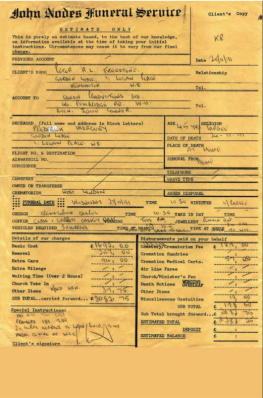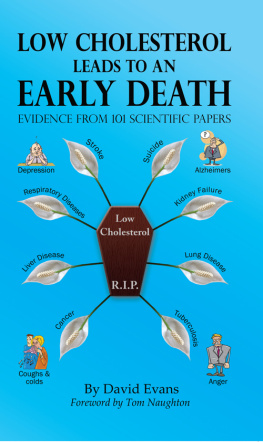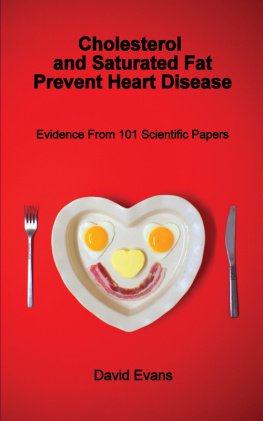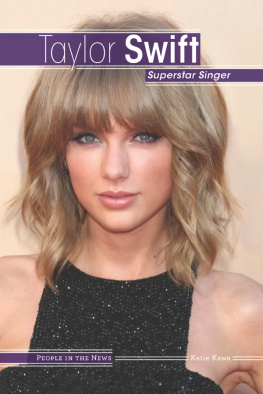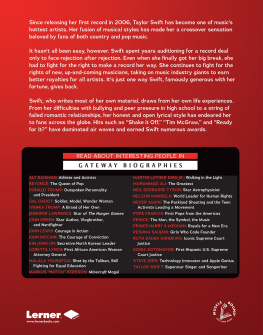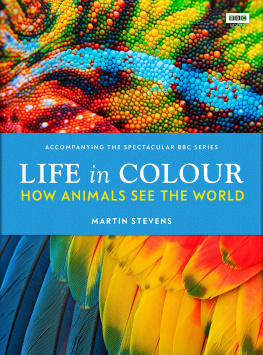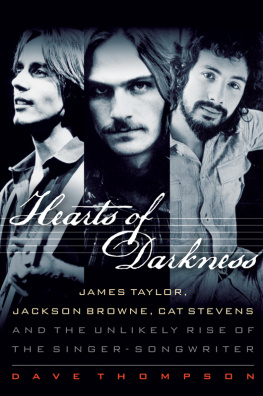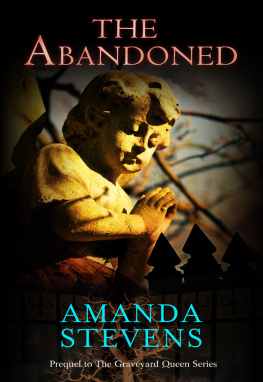The life and times of
CAT STEVENS
I have not altered the text since it was set down in 1994 and thus the ages of Cat Stevens and of the contributors appear as they would have done in the first edition. I am very mindful that several of those kind enough to have contributed are no longer with us.
THE BOY WHO LOOKED AT THE MOON
THE LIFE AND TIMES OF
CAT STEVENS
By David Evans
Friends and colleagues look back on the circumstances and personalities which led this
charismatic poet-singer to turn his back on superstardom and not only convert to the
Islamic faith but to very publicly devote his entire life to it.
1995, 2008 and 2014
Tusitala Press

Copyright David Evans 1995
First published in Great Britain by Britannia Press 1995
This edition published in Great Britain by Tusitala Press in 2008
All rights reserved
Published by Tusitala Press 2008
12 Ripplevale Grove London Nl 1HU
0207 607 0071
All rights reserved. No part of this publication may be re-produced, stored in a retrieval system or transmitted in any form or by any means electronic, mechanical, photocopying, recording or otherwise without the prior permission of the publishers.
BRITISH library Cataloguing in Publication Data
A catalogue record of this book is available from the British Library.
Tusitala
The Boy Who Looked At the Moon - The Life and Times Of Cat Stevens
Print ISBN 978-0-9558951-1-1
eBook ISBN 978-1-78301-530-6
Printed in Great Britain by CPI Antony Rowe, Eastbourne
Cover jacket design by Melinda Sandell
Please call 0207 607 0071 for all enquiries concerning this publication.
The authors moral rights are hereby asserted. The author asserts the moral right to be identified as the author of this work.
IF FOR SEX AND SLEAZE YOU LOOK
YOULL FIND NEITHER IN THIS BOOK.
THAT WHICH DAYLIGHT CAN CONCEAL
MAY BY MOONLIGHT BE REVEALED.
TO BE IMPERFECT IS THE FATE
OF ALL WHO QUEUE AT HEAVENS GATE.
TO SIT IN JUDGEMENTS NOT FOR ME
FOR THOSE I JUDGE MIGHT WELL JUDGE ME.
This book is dedicated to the memory of Tony Beckley and Rosie Samwell-Smith, Mike Gill, Nat Weiss and Rupert Loewenstein. All were good friends to Cat Stevens and to me and we would have all been good friends to Yusef Islam.
This edition is also dedicated to Alun and Val Davies and their family and of course Carl Miller. They looked at the moon too, from every side.
My gratitude is the only reward I can give for the help I have received. The assistance of the list of contributors has been invaluable: Penny Valentine, Colin Blunstone, Paul Samwell-Smith, Rosie Samwell-Smith, Mike Gill, Mike Hurst, David Betteridge, Ian Warner, Anita Bovingdon, Alun and Val Davies, Carl Miller, Linda Lewis, Lesley Hatch (nee Johnson), Rose Tobias Shaw, Sara Randall, Bernard Jacobson, Bev Roberts. To these people, I am greatly indebted.
I would also like to thank Nigel Quiney, as always and above all; Robert and Caroline Lee; Roger and Val Woodburn; Charles Negus-Fancey; Harry Payton Evans; James Newton; Matilda Quiney; Sarah Standing; Mike Ashwell; Rae Coates; Brian Harding; Sarah Harrison; Peter Burton; Linda Cairns - Hugh Middleton School; Annie Woolston; Vicky Bruce and Andr Delanchy.
CONTENTS
Introduction
David Evans worked for Barry Krost, Cat Stevens second manager as personal assistant between 1970 and 1976 and was privy to the inner workings of the staff and to the strategies which facilitated the career of one of the least understood and most secretive and mysterious talents which emerged on the music scene. After setting the social milieu for the first Cat Stevens hit in 1966, David Evans uses his unique memories, together with the recollections of many other friends, colleagues and contemporaries of Cat Stevens, to chart some of the events and explore some of the possible reasons why this enigmatic and charismatic poet-singer withdrew from superstardom and embraced that faith which then seemed to ensure that he would never again play and sing in public.
David Evans is the author of five novels SUMMER SET now re-published as JERUSALEM, A CAT IN THE TULIPS, A HOLLYWOOD CONSCIENCE and its sequel PORN STARS Inc., A LETHAL DOSE OF MURDER as well as a book of tributes written with the late David Minns to their friend the late Freddie Mercury, THIS WAS THE REAL LIFE. He is the co-author with Peter Freestone of FREDDIE MERCURY An Intimate Memoir and FREDDIE MERCURY The Afterlife, not a book about heaven or hell but what happened here on earth in the wake of Freddies death. With Scott Michaels David wrote ROCKY HORROR From Concept to Cult which is out of print as are Davids other biographical books, one about Dusty Springfield, SCISSORS AND PASTE and FROM MAE TO MADONNA, a history of the pick of the twentieth centurys blondes. Davids book THE WORDSTITCHER, a collection of poetry together with colour reproductions of his needlepoint work, is to be published by TUSITALA PRESS in autumn 2014.
Chapter One
CHANGES A-COMIN
A lot has happened since the end of World War Two. For starters, the world has changed. Completely changed. The Second World War finished off what the first had started and, in the Western World, laid forever those ghosts which were the hangovers of an inflexible, authoritarian and un-democratic world.
The phenomenon that was the career of Cat Stevens was only possible because of this changed world. The life of Steven Giorgiou, upon whose back the Cat Stevens edifice was built, in some way denies this new world of widened horizons. Born into freedom and tolerance and broadcasting these qualities for personal as well as pecuniary profit, his latter life suggests that he was un-comfortable in the reality of such freedom as he opted to live under the established and well-worn parameters of, possibly, the worlds strictest religion.
However, when he was growing up, he and his life were very different. Cat Stevens cannot be properly understood without knowing something of the context of his young life.
By the 1950s it seemed that people were free to think what they wanted and do what they pleased. The new generation, dubbed teenagers, felt that this new world was indeed their oyster and that their power was limitless. It was the first time in the history of the world that the young had the opportunity to express themselves with impunity without first being granted the rubber-stamp approval of their elders. No longer were their elders automatically their betters. Free thinking individualism began to replace mass conformism and relentlessly started to wreak havoc in classrooms, Sunday schools and, above all, the workplace where merit, ability and opportunity replaced seniority, age and length of service as qualifications for the higher salaries which quick-buck prosperity and inflation bred.
In the arena of the arts, boundaries were tumbling too. In the theatre, the Me, Myself, I trend begun by the new, post-Cowardian playwrights like John Osborne in the 1950s and re-inforced by the chaotic individualism of Joe Orton in the 60s did not in general make theatre-going particularly more accessible but it allowed dramatists to lay new ground rules upon which the television playwrights were able to build for the truly wider audience. In the film world, a grittier, more realistic genre was developing with continental roots led by people like Lindsay Anderson and John Schlesinger. In the bookshops and the bookshelves, writers such as Gillian Freeman with her
Next page

